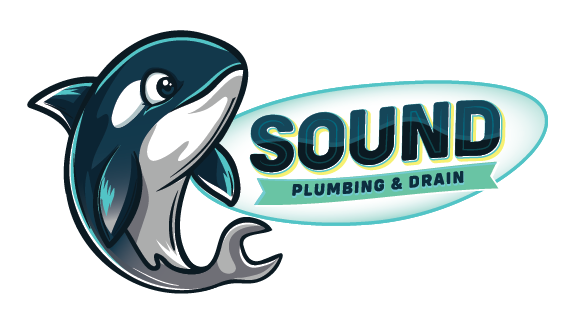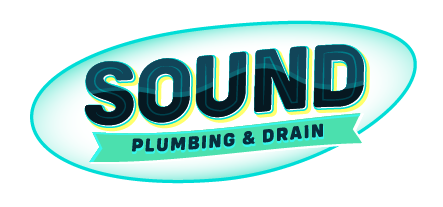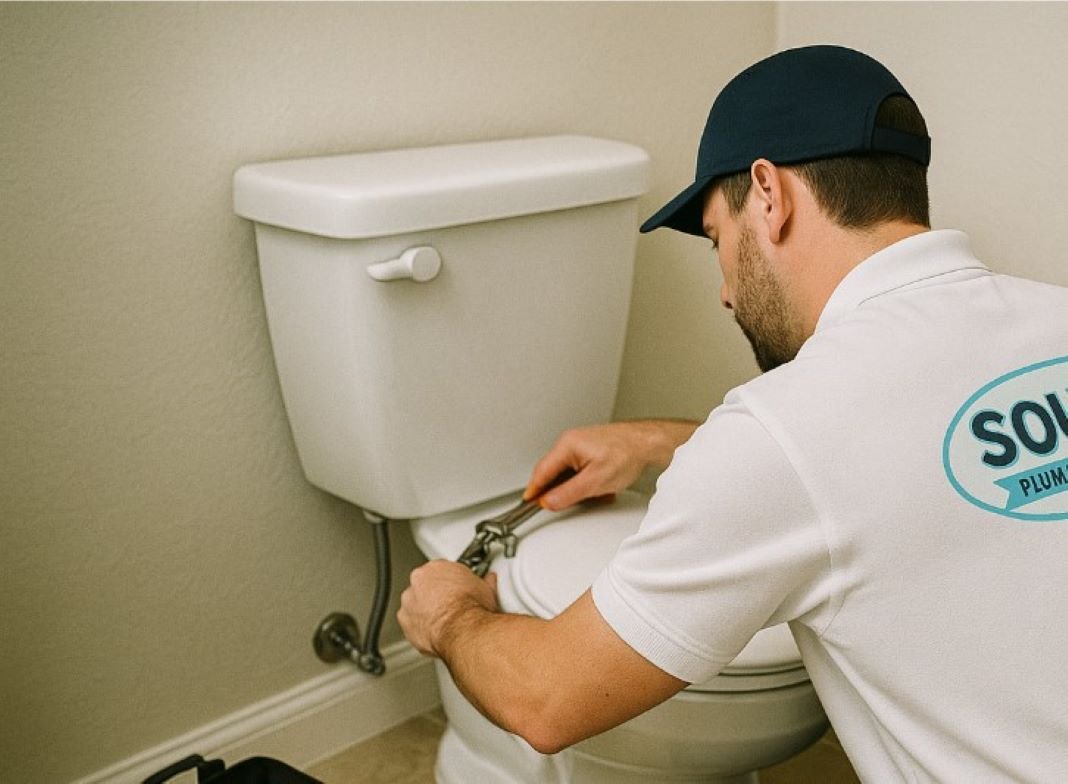Why does my toilet have a weak flush, and how can I fix it?
A weak flushing toilet is usually caused by low water levels in the tank, blocked rim jets, a worn flush valve seal, or a partial obstruction in the trap or pipe. These faults reduce the amount of water and pressure needed to clear waste properly. Solutions range from simple cleaning and minor adjustments to replacing faulty components or getting help from a licensed plumber if needed.
Here's What We Have Covered In This Article
Introduction: Why Your Toilet Might Not Flush Properly
Many households run into the problem of a toilet that just does not flush as it should. Whether it is an older model or one of the newer dual flush types, a weak flush can waste water, cause hygiene concerns, and be annoying to deal with day after day. Spotting the early signs and addressing the cause directly can help maintain a toilet that works well every time.
How a Toilet Flush Works: Key Components Explained
Most toilets in American homes use a gravity flush system. When you press the flush lever, water is released from the tank into the toilet bowl. This sudden flow of water, aided by gravity, helps move waste through the trap and into the sewer line. The power of the flush depends on how much water is in the tank, how clear the rim holes and siphon jet are, and whether the waste path is clear.
In some homes, pressure-assisted systems are installed. These use compressed air to push water out faster. They are louder and cost more to maintain but offer a stronger flush. However, they are less common in standard residential plumbing.
Main Causes of Weak Flushing Toilets
Low Tank Water Level
When there is not enough water stored in the tank, the flush is not strong enough to remove waste properly. To check this, lift the tank lid and inspect the water level. It should sit close to the marked water line or just below the overflow pipe.
If it is too low, the float arm or the fill valve may need adjusting. Some modern toilets have a screw or sliding clip to control water level. If the valve does not respond or refill correctly, replacing the fill valve can help restore flush strength.
Clogged Rim Jets and Siphon Jet
The rim jets and the siphon jet work together to direct water into the bowl during a flush. Hard water can leave behind calcium, lime scale, and other deposits that clog these jets, reducing water flow and pressure.
Shut off the water supply and flush the toilet to empty the tank. Use white vinegar or a commercial descaler poured through the flush valve opening. Let the cleaner work overnight. Then, gently use a narrow wire or pipe cleaner to clear each rim hole. For the siphon jet, reach under the waterline to check for blockages.
Flapper Valve Closing Too Early
The flush valve seal or flapper is responsible for holding and releasing water from the tank. If the flapper closes too soon, not enough water is released. This often results in a flush that starts but does not finish properly.
Check the flapper chain to ensure there is a small amount of slack. If it is too short, the flapper might not open fully. If it is too long, it might not lift at all. Flappers can also warp or degrade over time. Replacing it with an adjustable version lets you fine-tune how long it stays open.
Partial Drain or Trap Blockages
Obstructions inside the toilet’s trap or the drain pipe can restrict water flow. This may not cause a full blockage, but it does weaken the flush. You might notice gurgling sounds or water that drains slower than usual.
Start with a standard plunger and give it a firm, repeated pump to try and clear the obstruction. If this does not help, a toilet auger may reach deeper into the trap. Avoid corrosive drain cleaners that can damage pipework. Instead, enzyme-based cleaners are gentler and help prevent future buildup.
Poor Venting or Airflow in Drain Line
The plumbing vent system allows air into the drainage pipes, which helps maintain proper water pressure and flow. If a vent pipe is blocked, it can disrupt the flush and lead to slow drainage or bad smells.
Common signs include bubbling in the bowl or gurgling sounds after flushing. Leaves, animal nests, or trapped debris are often to blame. This type of fault is not usually visible from the bathroom and may require an inspection of the roof vent or main stack. A licensed plumber will have the tools to identify and fix these problems safely.
To learn more about how a professional can assess venting issues and improve your home’s plumbing efficiency, visit our page on drainage and venting inspections.
How do I improve flush performance without replacing the toilet?
If the toilet is structurally sound and not cracked, many performance issues can be resolved with targeted repairs and adjustments. Start by checking all the basics: water level, flapper seal, jet cleanliness, and drain flow. Use an adjustable flapper to control flush duration. In homes with older tanks, fitting a newer dual flush valve kit can give more control and improve flushing power.
There are also siphon booster kits that can help create a stronger pull through the trapway. These are especially useful for toilets installed with less than ideal drain slopes or older pipework, which are more common in historic neighborhoods throughout Portland OR and Vancouver WA.
Are older low flush toilets worth upgrading?
Older toilets that use more than one and a half gallons per flush often do not perform well by modern standards, especially if internal parts are wearing out. If you have already tried all standard fixes and still deal with incomplete flushes or standing waste, upgrading to a newer water efficient model might be the most sensible choice.
Modern dual flush toilets are designed to meet both water saving targets and performance needs. Look for WaterSense labeled models that include features like wider trapways, better rim wash, and stronger flush volumes. These models reduce water use without sacrificing reliable waste removal.
You can read more about efficient toilet replacements and installation tips on our toilet upgrade recommendations page.
What should I do if DIY fixes are not enough?
If you have cleaned the rim jets, adjusted the water level, replaced the flapper, and checked for blockages but your toilet still flushes poorly, it is time to speak to a licensed plumber. Issues like hidden vent blockages, internal cracks in the bowl, or long-term mineral scaling in waste pipes require tools and experience that go beyond DIY solutions.
At Sound Plumbing and Drain, we specialize in diagnosing weak flush issues across homes in Vancouver WA, Portland OR, and nearby cities like Battle Ground, Camas, Washougal, Ridgefield, and Gresham. Our team can carry out full inspections, including camera inspections and water pressure checks, to find and fix the root of the problem.
For more advice or to book a visit, have a look at our toilet repair services for full details.
How can I stop toilet flush problems happening again?
Prevention is often easier than fixing repeated flush problems. Here are a few steps to keep your toilet working properly:
- Use a water softener if you live in a hard water area to reduce mineral deposits.
- Clean under the rim and the siphon jet every few months using a gentle descaler.
- Check the tank after any strange sounds or slow refills.
- Only flush toilet paper and human waste to avoid clogging the trap.
- Inspect the fill valve and flapper once a year to make sure they are sealing and refilling correctly.
If you live in Clark County WA or areas like Beaverton or Tigard OR, our team is familiar with the local water conditions and plumbing setups. Regular maintenance can help avoid major breakdowns and keep your toilet performing efficiently.
Should I repair or replace my toilet if the flush remains weak?
If your toilet is more than ten to fifteen years old, repairs may only provide temporary results. Cracks in the porcelain, worn-out internal fittings, or recurring blockages are all signs that a full replacement might be a better long-term solution.
New toilets are designed with efficiency in mind. Many models use less water while offering stronger flush performance. If you notice increased water bills, leaking seals, or persistent flushing issues, replacing the toilet could save time and money in the long run.
Our licensed plumbers can help you choose the right replacement and install it quickly and correctly. See our toilet installation services for more help.
Flush Troubleshooting Checklist
Here is a quick list to go through when your toilet is flushing weakly:
- Check that the tank fills to the correct water level
- Inspect and clean the rim jets and siphon jet
- Make sure the flapper valve opens fully and stays open long enough
- Look for signs of drain or trap blockage
- Check for venting issues like gurgling sounds or slow drainage
- Use the proper type of toilet paper and avoid flushing anything non-dissolvable
Keeping this checklist handy can help identify and resolve minor issues before they turn into bigger problems.
Need professional help? Contact Sound Plumbing and Drain for expert toilet diagnostics and repair throughout Vancouver WA, Portland OR, and surrounding communities across Clark County WA and the Portland metro area.






